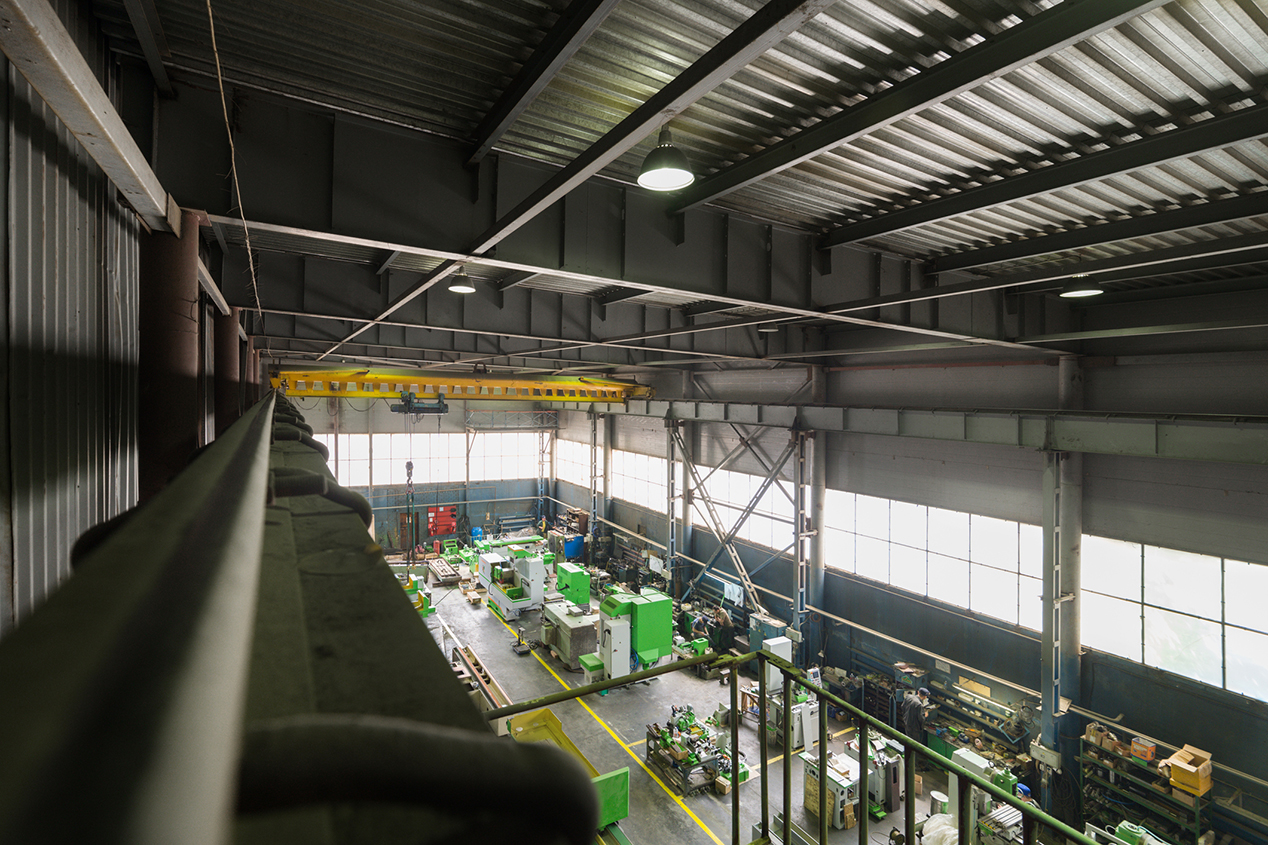Life sciences construction: A rapidly changing landscape

As the U.S. life sciences industry continues to flourish, demand for labs, research and development (R&D) facilities, manufacturing plants, data centers and other facilities is increasing. At the current pace of innovation, life sciences construction is expected to continue to expand, presenting both opportunities and challenges for the construction industry.
Life sciences facilities typically are heavily regulated and must meet stringent government, environmental and international standards. The construction of clean rooms, wet labs, production facilities and other life sciences spaces calls for very specific conditions that are best provided by designers and builders with specialized expertise in life sciences construction.
What Is the Life Sciences Industry?
Life sciences is an umbrella term for companies, research institutions and manufacturing facilities dedicated to improving and protecting human, animal and plant life. Among its branches are pharmaceuticals, biotechnology, medical devices, environmental and botanical sciences, biomedicine, crop technology, nutraceuticals, biophysics, cell biology, food processing, cosmeceuticals and life systems technologies.
Trends and Challenges Driving Life Sciences Construction
The life sciences industry is in constant flux. Discoveries and progress sprout daily throughout the world.
Life sciences facilities still need superior climate control, ventilation, adaptability, safety and energy efficiency, but today’s scientists are not spending all of their time in labs. R&D teams and senior executives need spaces where they can ponder their work and collaborate with each other and other teams. Movable, transparent spaces are better suited for these activities than fixed walls.
Here’s a quick look at how five key trends in the industry are shaping the construction of life science facilities—now and in years to come.
1. Adaptive Manufacturing
An emphasis on flexibility is transforming the traditional, dedicated manufacturing plant into a life sciences facility that is designed and built to manufacture multiple products or modalities. A recent example of this principle of is how multiple researchers and pharmaceutical companies joined forces on a global scale and adapted their mRNA platforms to create and expedite the development of effective Covid-19 vaccines. Their progress demonstrated the importance of being able to swiftly adapt to shifts in demand, new technologies, ground-breaking discoveries and other changes.

In the past, designers and contractors followed a straight line from the process flow diagram to the building’s layout. Now, they must design and build for the unknown, taking into consideration factors such as business objectives, research pipelines, risk management and emerging technologies to build flexibility, agility and scalability into the projects.
2. Supply Chain Issues
Disruptions related to the Covid-19 pandemic have led to a constrained global supply chain for many industries, including the life sciences and construction industries. A shortage of stainless steel, glass, wood and other essential building materials, as well as equipment and tools, is especially affecting the construction and renovation of manufacturing facilities. As a result, the way capital projects are scoped, scheduled and budgeted is changing.
3. Standardized Spec Suites
Rapid growth in the life sciences industry has made it difficult for some companies to find sufficient lab space, prompting the construction of standardized spec suites, or move-in-ready spaces, that allow life sciences companies to start their R&D more quickly instead of having to wait for a build-to-suit solution.
4. Converting Existing Spaces
Increased focus on time and cost savings is fueling a trend toward repurposing of existing buildings, with more life sciences companies choosing to convert existing spaces rather than build facilities from the ground up. These spaces are often occupied during construction, making the renovation, and building processes more challenging for contractors who must ensure the safety of the employees working there and limit disruptions to the facility’s operations.
5. Handling the Biotech Explosion
The speed at which the biotechnology field is evolving has broad implications for how life science facilities such as testing labs, manufacturing plants and commercial facilities are being designed, built, and operated. The particular needs and high standards of these new facilities require project owners, architects and builders to rethink site location, process design, equipment selection, cleaning and decontamination protocols, and other aspects of this type of project, thus complicating the construction process.
The life sciences industry is expected to continue to experience rapid, significant transformations that will affect the way its facilities are designed and built. CIC Construction Group employs a collaborative approach in the construction of life sciences facilities to ensure that these are able to function now and in the future as the industry evolves. Our extensive skill and experience in this field of construction is a valuable asset to our clients. To learn more about what we can do for you and your project, contact us at 787-287-3540 or generalcontractor@cic-pr.com.
